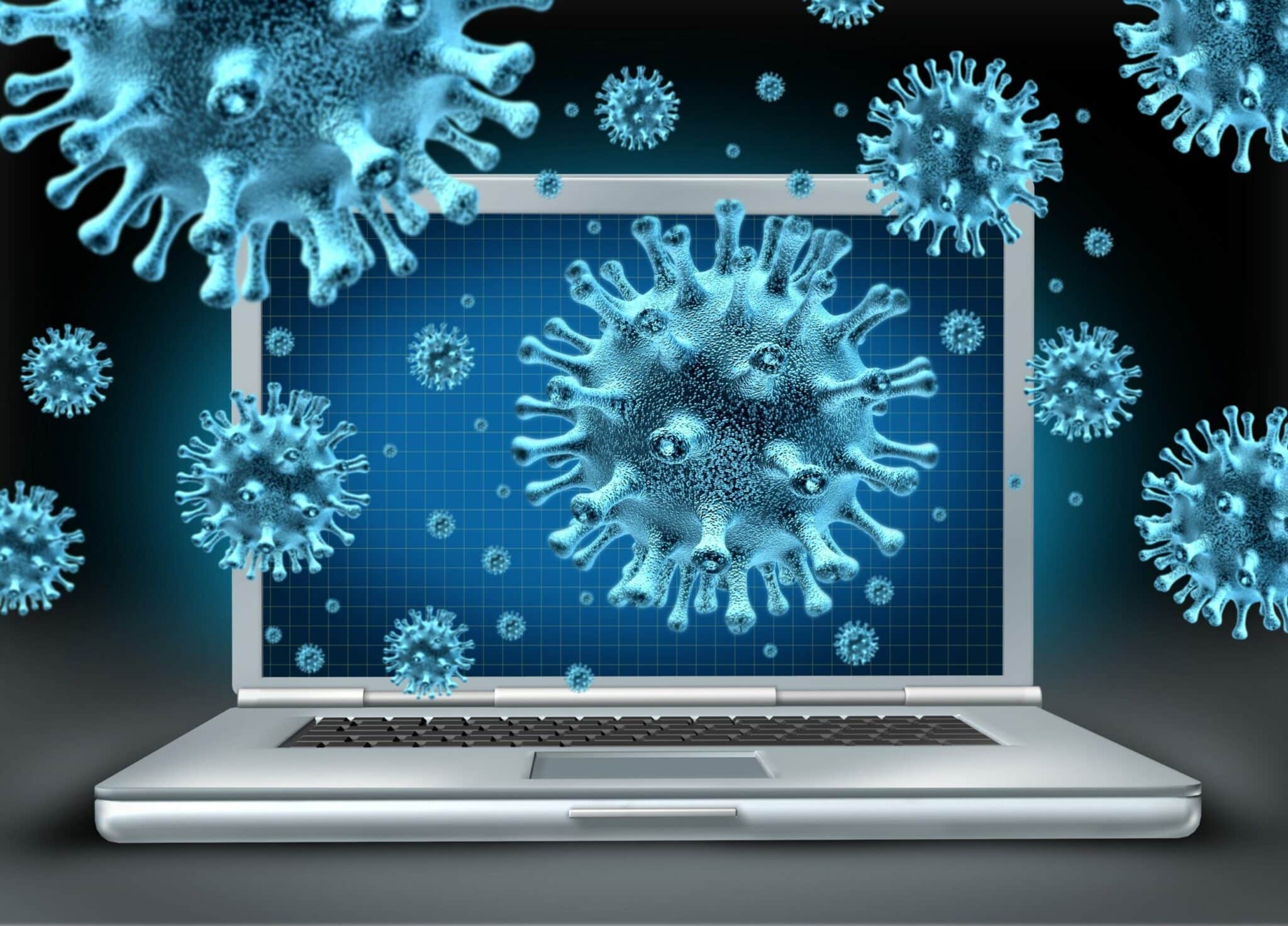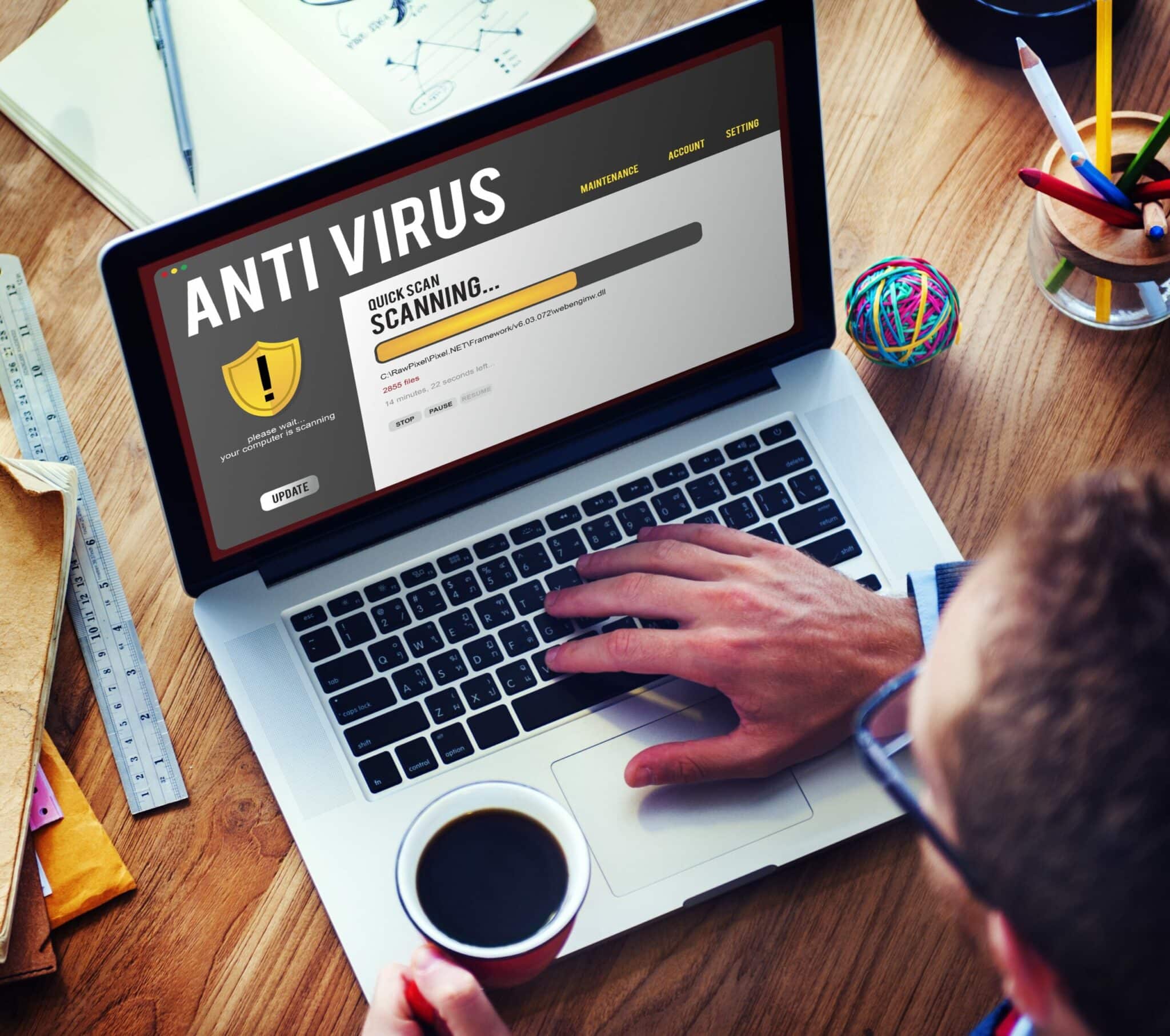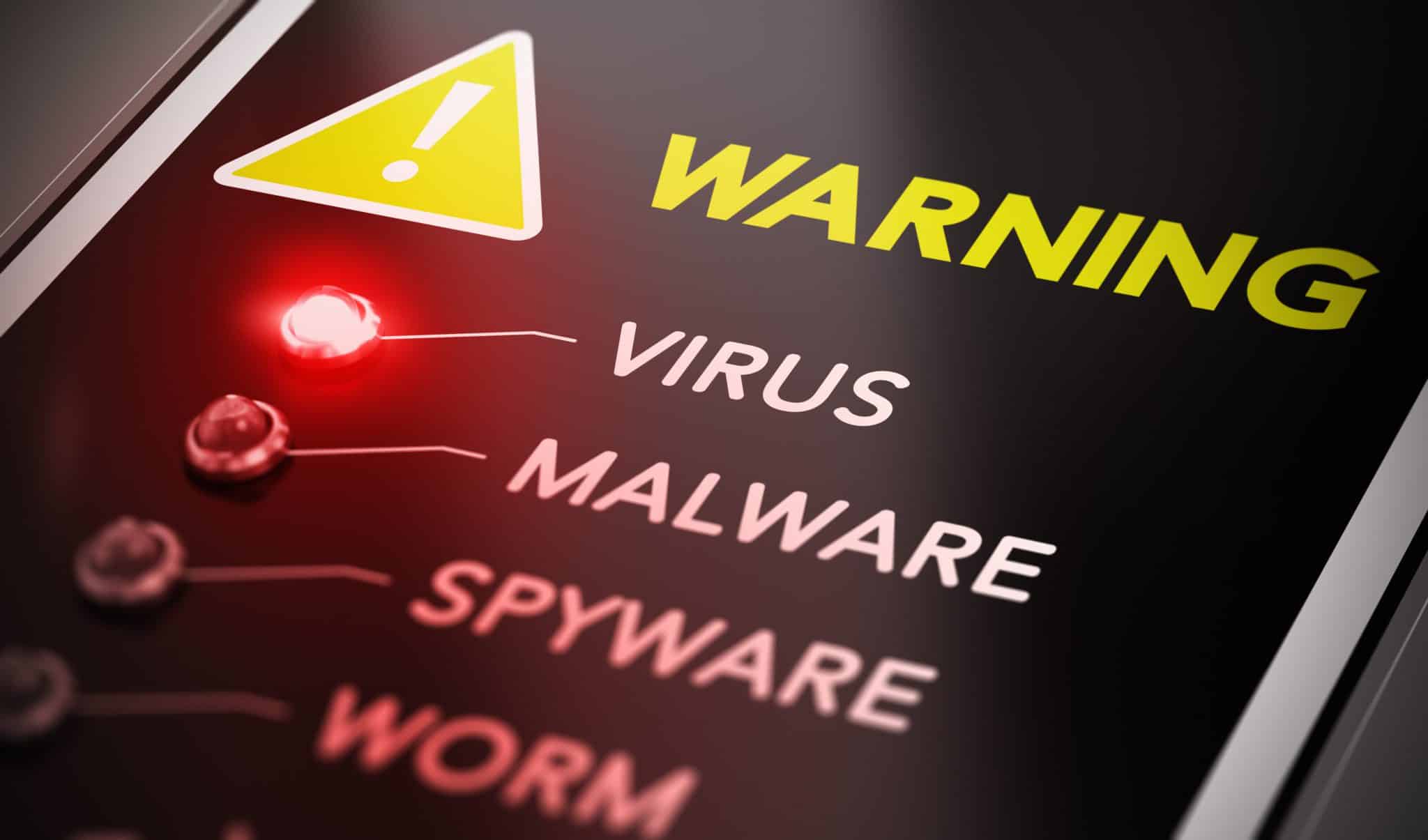A virus can do a lot of damage to your computer. Not only can it affect the performance of your machine, but it can also compromise your personal information. If you think that you have a virus on your computer, it is important to take steps to remove it as soon as possible.
In this article, we will discuss how to get rid of a virus on both PC’s and Mac’s. We will cover the basics of malware removal and provide some helpful tips to make the process easier for you.
What Is a Computer Virus?
A computer virus is a type of malware that can infect a computer system without the user’s knowledge or consent.
Once installed, a virus can spread to other files on the system and can even replicate itself. Some viruses are designed to damage or delete data, while others are used to steal information or spy on the user.
In order to protect your computer from viruses, you should install antivirus software and keep it up-to-date.
You should also be careful when opening email attachments and websites, and never download software from untrustworthy sources.
Signs of a Computer Virus
There are several signs that you may have a virus on your computer:
- Your computer is running slower than usual
- You see strange or unexpected messages and pop-ups
- Your home page has been changed without your permission
- Programs are crashing more often
- You are being redirected to websites that you did not intend to visit
How Does a Virus Get On Your Computer?
A virus can enter your computer in a number of ways:
- Opening unknown or potentially suspicious email attachments
- Visiting infected websites
- Inserting infected USB drives
- Downloading software from untrustworthy sources
What are the differences between removing a virus from a PC and a Mac?
There are some key differences between removing a virus from a PC and a Mac. For one, PCs use the Windows operating system, while Macs use the Mac OS. This means that the tools and techniques for removing viruses from each are different.
Another key difference is that Macs are less likely to be infected by viruses in the first place. This is because PC viruses are designed to exploit vulnerabilities in the Windows operating system, while Macs are much more secure because of proprietary software that actively protects against malware.
However, when a Mac is infected, the methods for removing the virus are usually similar to that of a PC.

How to Remove a Virus From a PC or Mac Computer
To remove a virus from a Mac or PC computer, you will need to:
First, Identify the type of virus that is infecting your device.
There are a variety of types of viruses that can affect PCs or Macs, so it is important to know which one you are dealing with. Some of the most common include the following:
- Boot sector virus: This type of virus targets the boot sector of your hard drive, which is the first thing that loads when you start your computer. It can infect your entire system and even prevent you from starting your PC.
- File infector virus: This virus attaches itself to specific files on your computer and spreads when you open those files. It can infect other files and even destroy them.
- Trojan horse virus: This is a type of virus that masquerades as a legitimate program but actually contains harmful code. When you run the program, the virus spreads and can damage your computer.
Next, you need to remove the virus. You can do this either with your choice of antivirus software, or you can do it by removing the virus from a Mac or PC with a manual process.
With an antivirus software program, the process is fairly straightforward. Typically, you will sign up for and download the product. Then, the product will walk you through how to set it up, and will then go about removing the virus from your Mac or PC and preventing incoming attacks in the future.
This process of protecting your system from unauthorized use and access is called cybersecurity.
There are many different antivirus programs available, and some are better than others.
If you are unsure about which one to pick, there are programs such as LJZSoft that test and review antivirus programs, ranking them on issues such as security.

There are both free and paid antivirus programs which have both been proven effective at preventing attacks. However, a recent study found that paid users were 17 percent less likely to experience breakthrough viruses or malware in the past twelve months than those using free services.
The study also found that paid users were more likely to receive timely updates to their antivirus protection, and that they were more likely to have a backup plan in place in case of an attack.
The manual process for removing viruses involves identifying and deleting the infected files manually. This process can be tricky, so it is important to be very careful when doing it. If you are not confident in your ability to do this yourself, you can find help online or through an antivirus software program.
No matter which method you choose, it is important to be patient and take your time. Trying to rush through the removal process can lead to mistakes and could actually make the virus worse.
When Should You Seek Professional Help?
You should seek professional help in removing a computer virus if:
- The virus is preventing you from accessing essential files or programs
- Your computer is displaying pop-ups or ads
- Your computer has been infected with a ransomware virus
- The virus is causing your computer to crash frequently
- Your computer is running slowly
- You are not comfortable trying to remove the virus yourself
There are a number of companies that offer virus removal services, and they can usually be found online. Be sure to research any company you are considering using, as there have been scams where people pose as virus removal experts in order to steal personal information.
If you do decide to use a professional virus removal service, be sure to ask about their guarantee. Many companies will offer a money-back guarantee if they are unable to remove the virus from your computer.
How Can You Avoid Viruses In the Future?
There are a number of ways to avoid viruses in the future.
- Make sure your computer’s software is up to date. Operating system updates and antivirus software updates can help protect your computer from new viruses.
- Install firewall software, which can help stop viruses from entering your computer in the first place.
- Be cautious about the websites you visit and the files you download. Only download files from trusted sources, and
- Avoid clicking on links or opening attachments in emails from unknown senders.
To Review
As you can see, there are a number of steps you can take to remove a virus from your computer. By being careful and taking your time when visiting websites, clicking on unknown emails, as well as being prepared with an antivirus software, you can rid your computer of viruses and avoid them in the future.
If you have any questions or need help, feel free to reach out to us in the comments below!
Frequently asked questions:
Q: Which antivirus program should I use?
A: There are many different antivirus programs available on the market, and it can be difficult to decide which one is right for you. Some of the most popular antivirus programs include Bitdefender, Norton, Kaspersky, and McAfee. It is important to do your research before purchasing an antivirus program to make sure that it will meet your needs.
Q: What should I do if I think my computer has a virus?
A: If you think your computer has a virus, the first thing you should do is scan your computer for viruses using an antivirus program. If the scan finds any viruses, you’ll need to remove them using the program’s instructions. If you’re not comfortable doing it yourself, you can always take your computer to a technician.
Q: How do I scan my computer for viruses?
A: To scan your computer for viruses, you will need to use an antivirus program. Most antivirus programs have a built-in scanner that will allow you to scan your entire computer for viruses. Alternatively, you can use a free online virus scanner.


